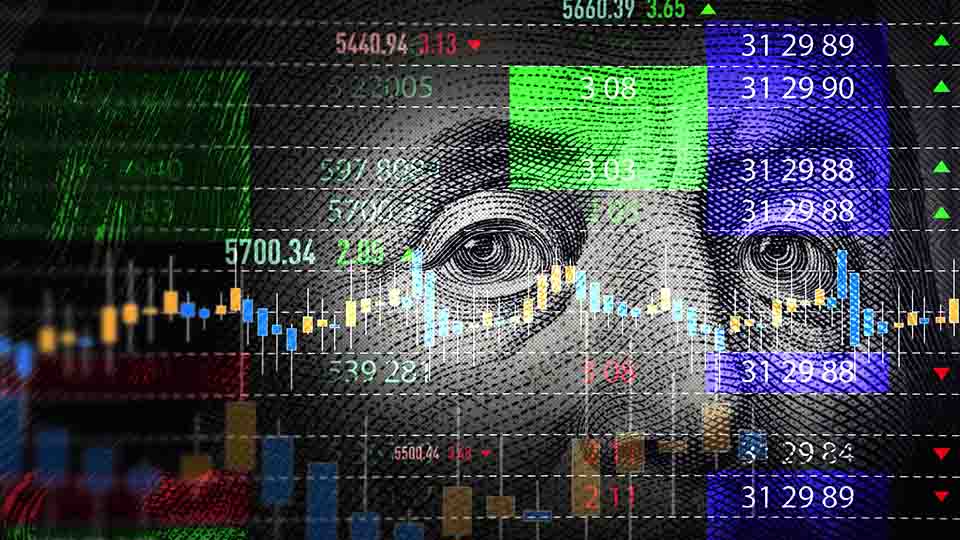China’s Economic Growth: China Hits First Bump in Recovery
05 February 2021
China has been a major contributor to global growth, and its economic activity tends to have significant repercussions for the global economy. To understand where the Chinese economy is in its growth cycle, we highlight several key charts below, which may also provide context for the impact of the coronavirus. China remains an important economic bellwether for countries that have started to reopen following the COVID-19 epidemic.
The number of COVID-19 cases has been increasing globally in January, and China is not an exception (see first chart below). The government responded with tighter restrictions and re-imposed local lockdowns, which took a toll on domestic activity (see second chart below).
COVID-19 Cases Rise in China
Source: Bloomberg. Data as of 29 January 2021.
China Domestic Activity Declines
Source: Bloomberg. Data as of 29 January 2021.
This reality was fully reflected in January’s activity gauges. The Caixin manufacturing purchasing managers index (PMI)1 fell to 51.5. The official manufacturing PMI slowed to 51.3. The official services PMI got hit even harder (as would be expected), dropping to 52.4. Even though these gauges stayed in expansion zone (over 50.0), the downside surprise raised questions about China’s 2021 growth trajectory. The consensus now sees further weakening in February and possibly in March, with a stronger sequential rebound in Q2. The latter is predicated on the expectation that authorities have policy room to prop up the economy, despite providing a sizable stimulus in 2020.
Chinese Economy Health Check: PMIs
Source: Bloomberg. Data as of 31 January 2021. Past performance is no guarantee of future results. Chart is for illustrative purposes only.
China’s policy response to the pandemic was indeed significant, but (a) it was targeted and (b) it was smaller than in most developed and many emerging economies (an estimated potential size of 18.4% of GDP compared to around 50% of GDP in the U.S. and the Eurozone).2 Further, authorities—and especially the central bank—became less “generous” with liquidity in the past months and weeks, focusing on asset bubbles, speculation, leverage and overheating in some sectors of the economy (such as real estate). A massive drop in December’s shadow financing, which is linked to the anti-monopoly drive, also comes to mind.
And this brings us to China’s January “cash squeeze”, which pushed interbank rates to the levels last seen several years ago and much closer to the yield of the Chinese 10-year government bond. We are watching this trend carefully, but the chart below—which puts the “squeeze” in a longer-term historic context—shows that the current pickup in rates is not out of the ordinary. The central bank’s policy may be “frugal”, but it is also confident and mature— the People’s Bank of China employs a number of targeted tools, which can be reversed if necessary.
China Selected Interest Rates
Source: Bloomberg. Data as of 29 January 2021.
One can argue that a sharper than expected drop in January’s PMIs is the reason why there will be no abrupt policy shifts in China in the coming months, with some entities—such as privately owned and small enterprises (and potentially consumers)—actually getting more support.
1Purchasing managers index (PMI) is an economic indicator derived from monthly surveys of private sector companies. A reading above 50 indicates expansion, and a reading below 50 indicates contraction. We believe PMIs are a better indicator of the health of the Chinese economy than the gross domestic product (GDP) number, which is politicized and is a composite in any case. The manufacturing and non-manufacturing, or service, PMIs have been separated in order to understand the different sectors of the economy. These days, we believe the manufacturing PMI is the number to watch for cyclicality.
2Source: Cornerstone Macro
Important Disclosure
This is a marketing communication. Please refer to the prospectus of the UCITS and to the KID before making any final investment decisions.
This information originates from VanEck (Europe) GmbH, which has been appointed as distributor of VanEck products in Europe by the Management Company VanEck Asset Management B.V., incorporated under Dutch law and registered with the Dutch Authority for the Financial Markets (AFM). VanEck (Europe) GmbH with registered address at Kreuznacher Str. 30, 60486 Frankfurt, Germany, is a financial services provider regulated by the Federal Financial Supervisory Authority in Germany (BaFin).
The information is intended only to provide general and preliminary information to investors and shall not be construed as investment, legal or tax advice VanEck (Europe) GmbH, VanEck Switzerland AG, VanEck Securities UK Limited and their associated and affiliated companies (together “VanEck”) assume no liability with regards to any investment, divestment or retention decision taken by the investor on the basis of this information. The views and opinions expressed are those of the author(s) but not necessarily those of VanEck. Opinions are current as of the publication date and are subject to change with market conditions. Certain statements contained herein may constitute projections, forecasts and other forward-looking statements, which do not reflect actual results. Information provided by third party sources is believed to be reliable and have not been independently verified for accuracy or completeness and cannot be guaranteed. Brokerage or transaction fees may apply.
All performance information is based on historical data and does not predict future returns. Investing is subject to risk, including the possible loss of principal.
No part of this material may be reproduced in any form, or referred to in any other publication, without express written permission of VanEck.
© VanEck (Europe) GmbH / VanEck Asset Management B.V.
Sign-up for our ETF newsletter
Related Insights
Related Insights
13 December 2024
06 August 2024
01 May 2024
12 February 2024




